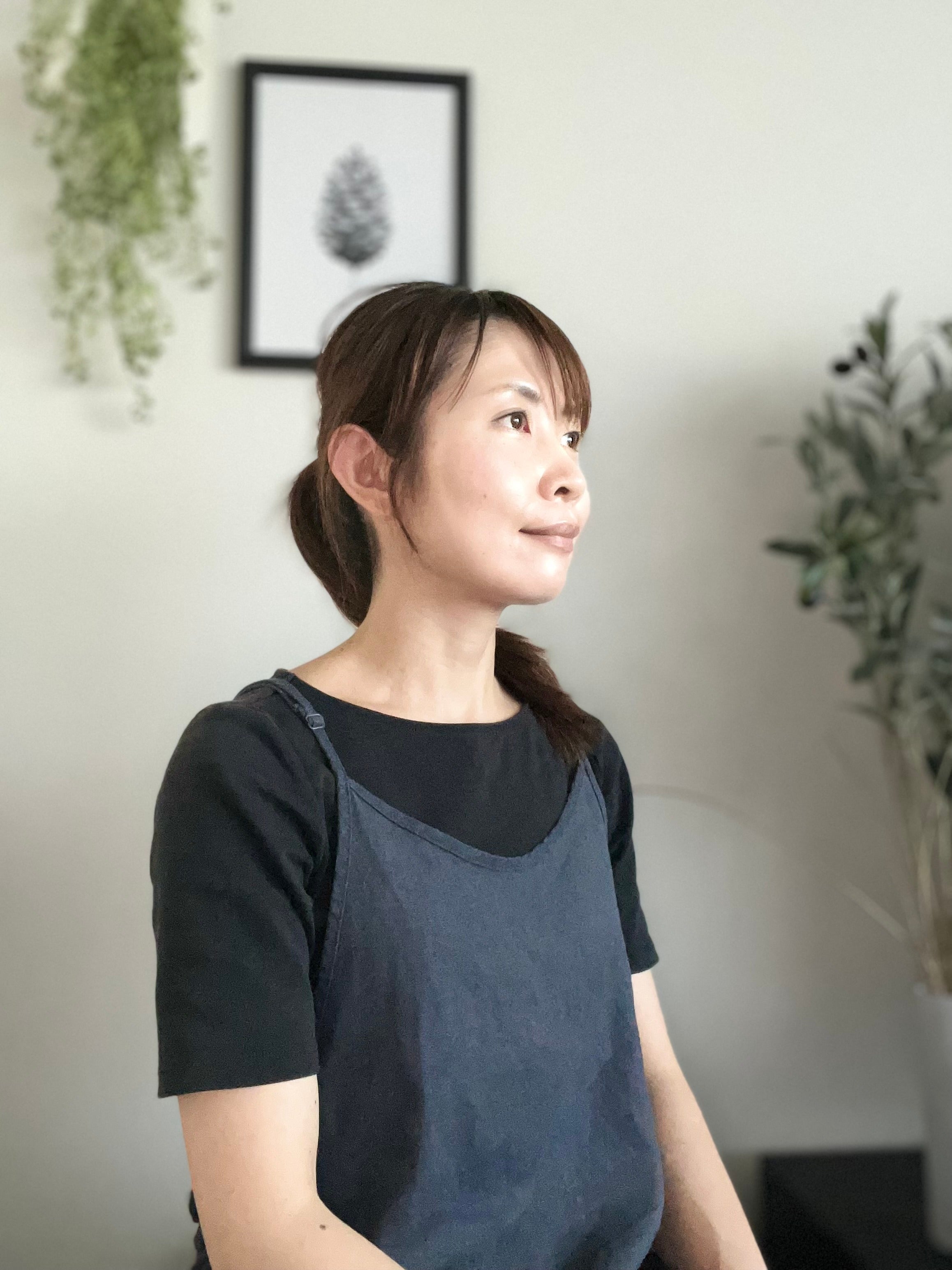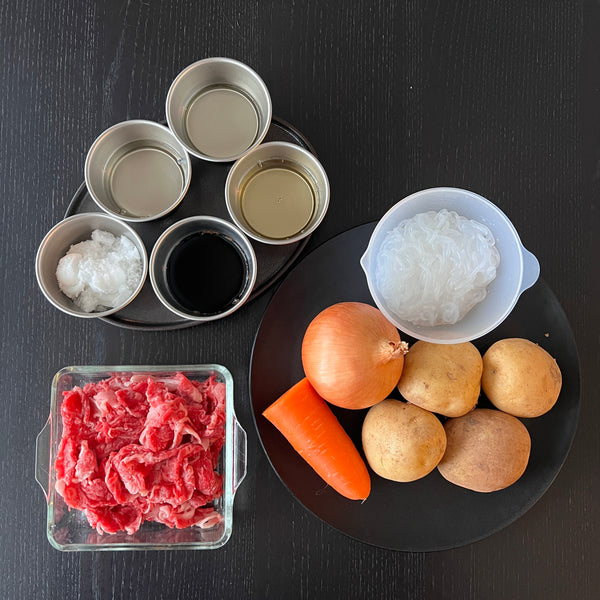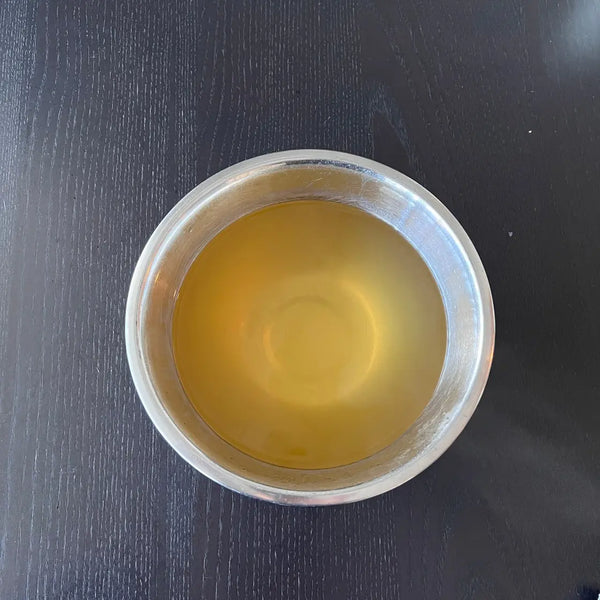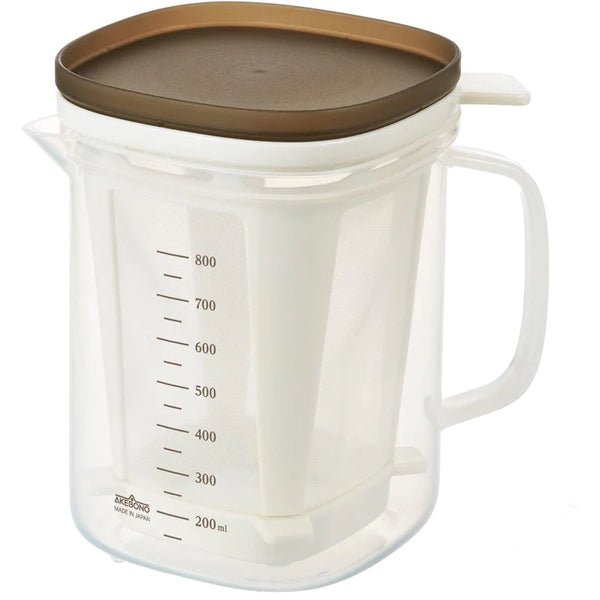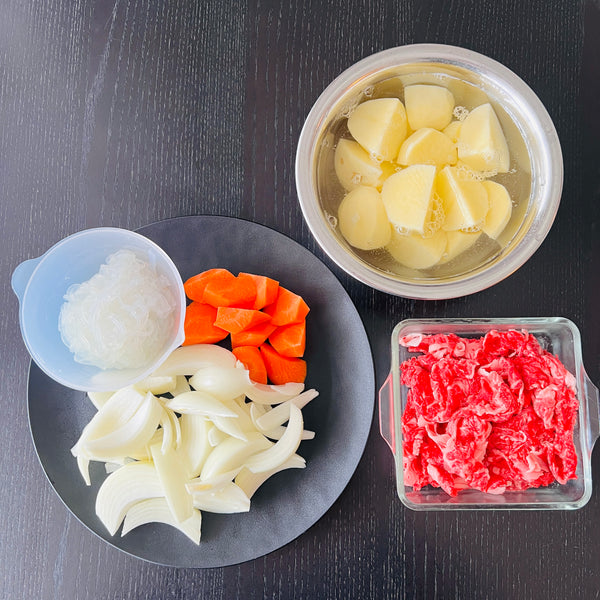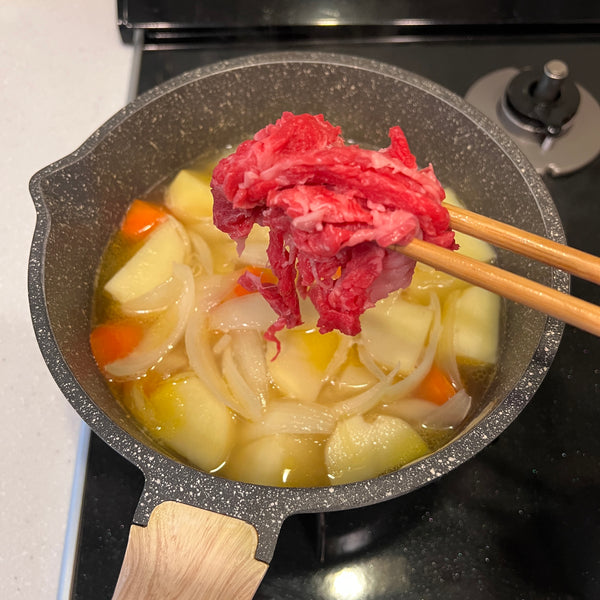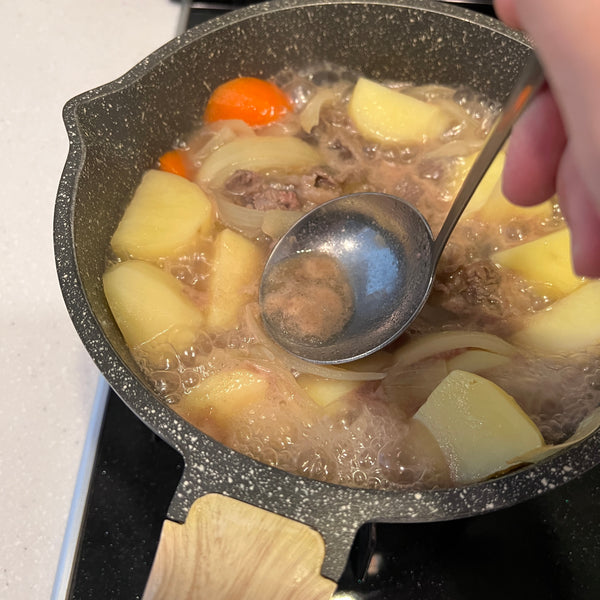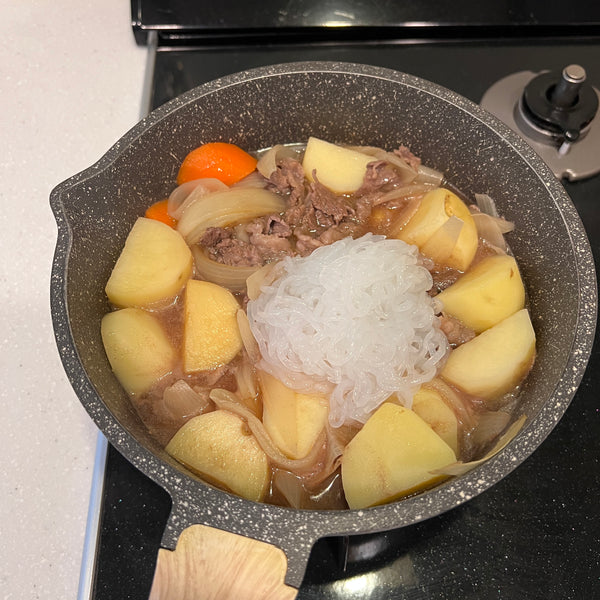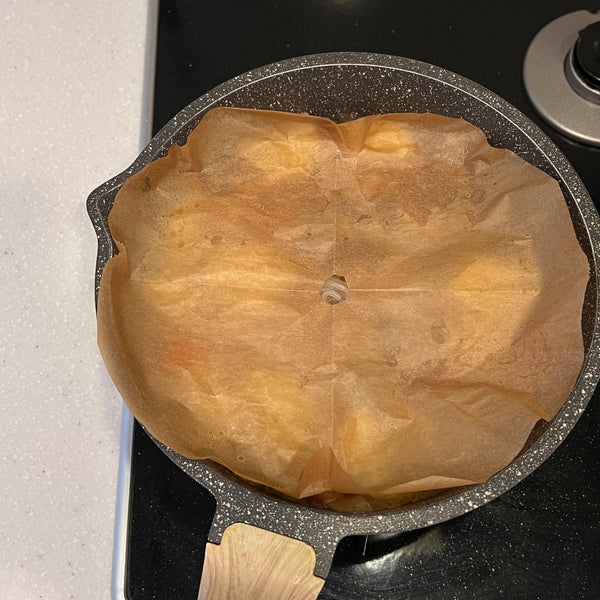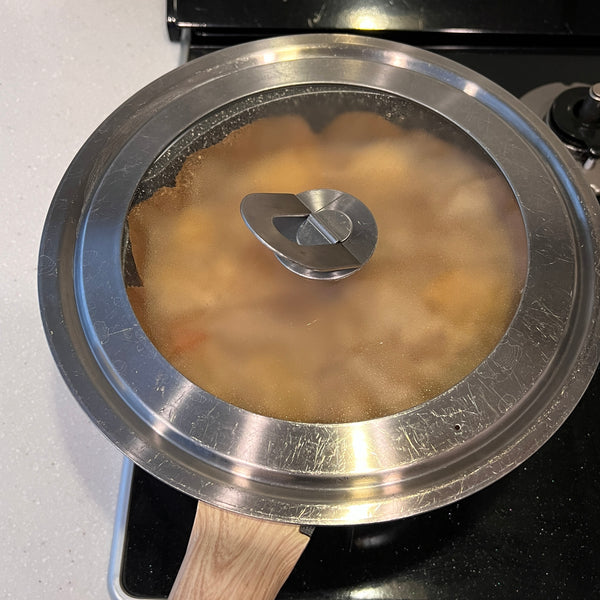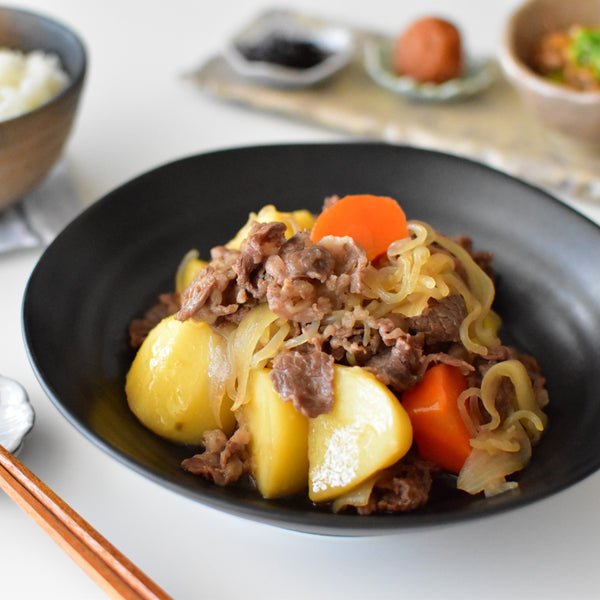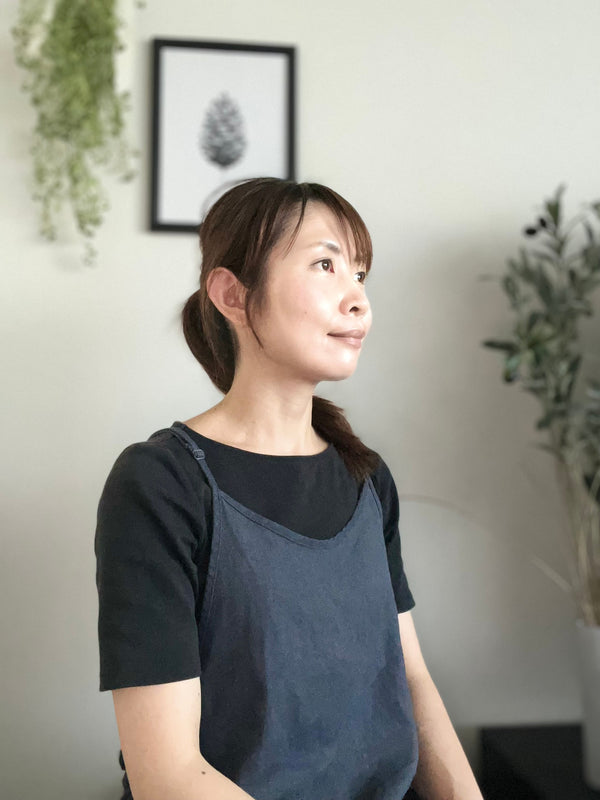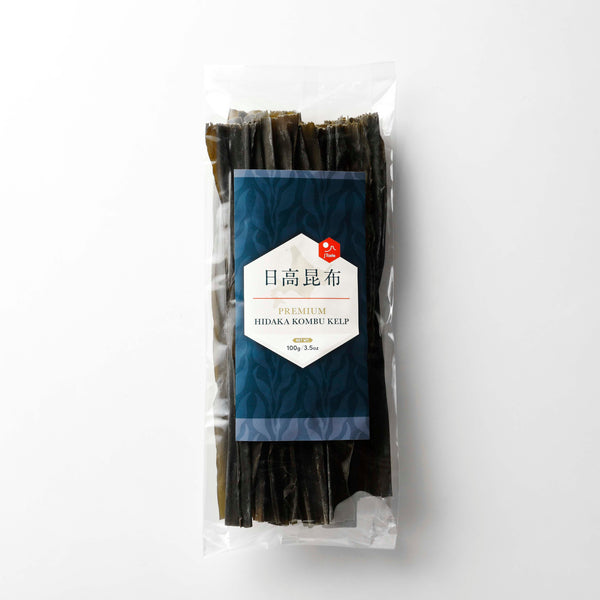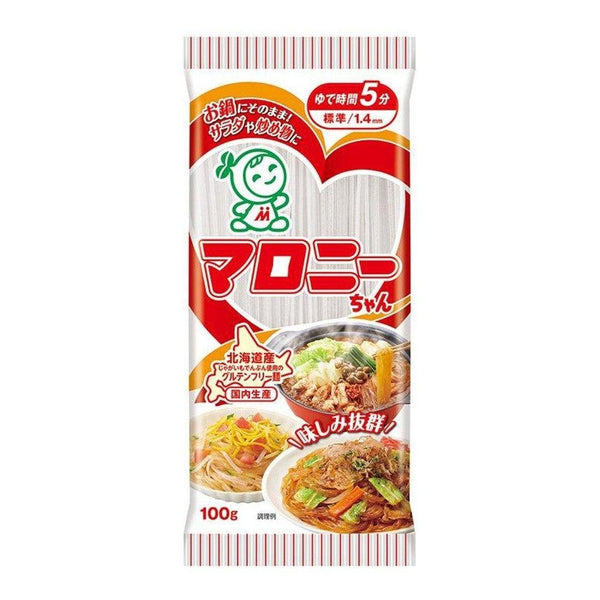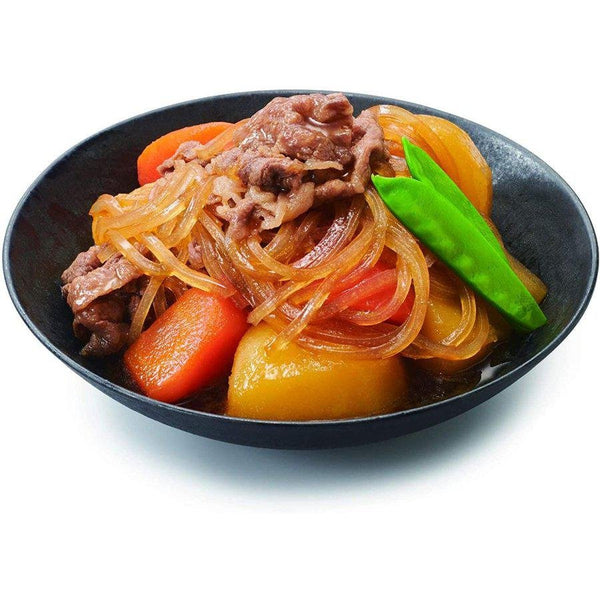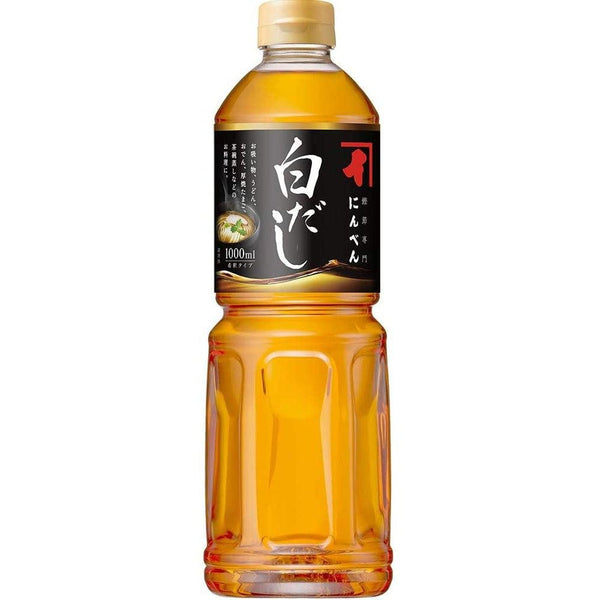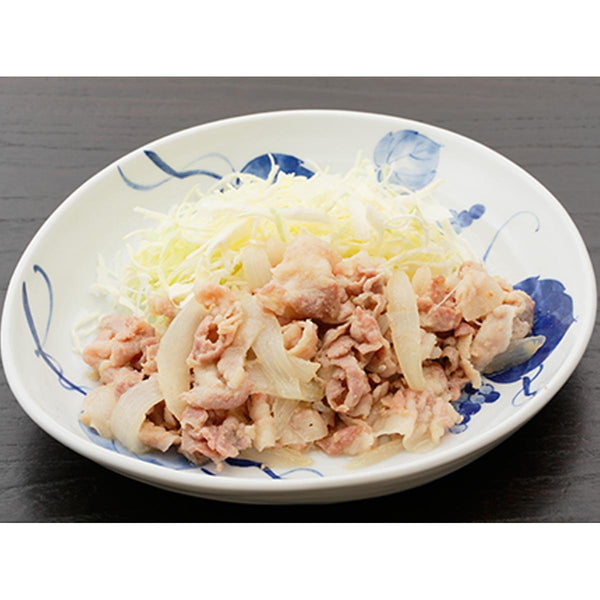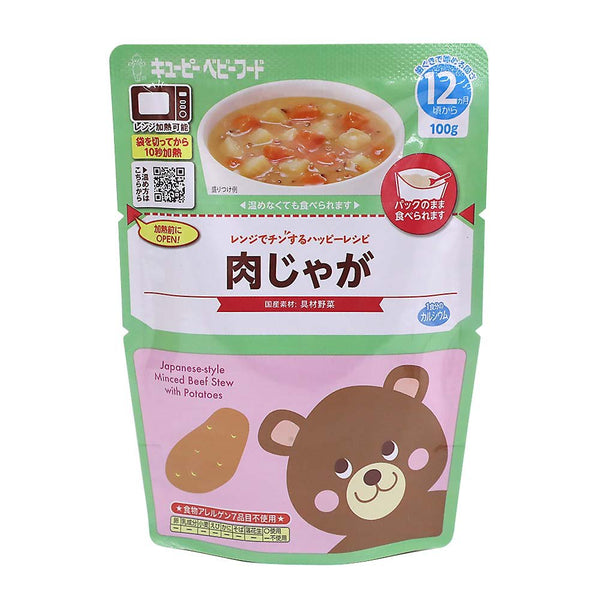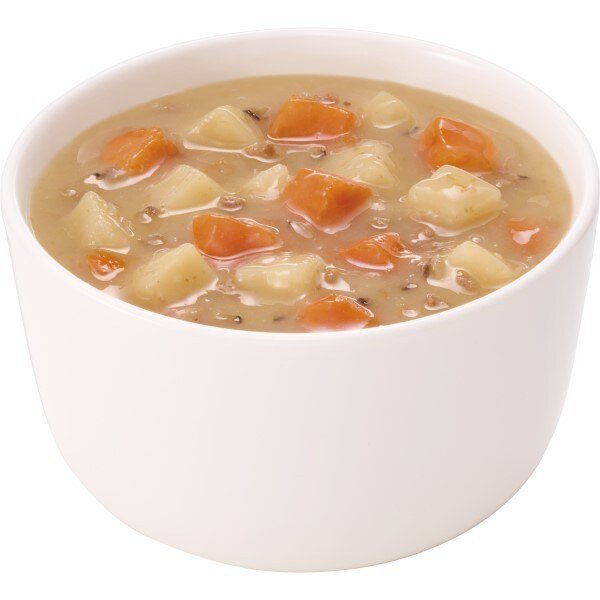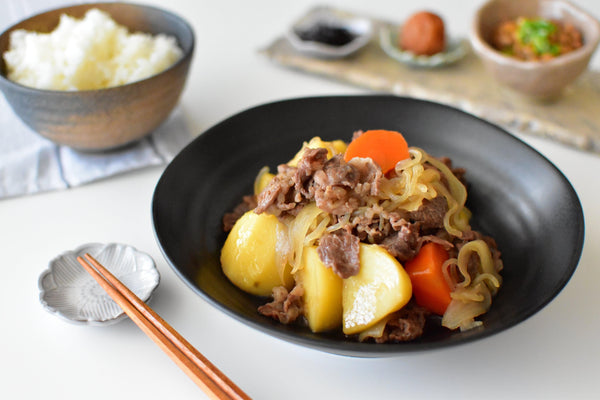
“Nikujaga” is one of the basic Japanese homemade dishes that everyone knows in Japan. It is a dish that evokes memories of home―often reminding people of their mom’s cooking, and many Japanese feel a sense of nostalgia when they eat it.
As you can see, it is made with meat and vegetables, which are simmered in a pot with sweetened soy sauce-based seasonings. The most important ingredients are “meat (Niku in Japanese)” and “potato (Jagaimo in Japanese)”, which lead to the name of the dish. Other than these two ingredients, we usually add onion (which adds sweetness), carrot (which adds color and sweetness), and sometimes Shirataki noodles (which add a chewy texture). These ingredients are accessible and usually stocked at home, meaning you can make Nikujaga anytime you want!
As for the meat, beef or pork is typically used in making Nikujaga. When selecting the meat, it is important to ensure it contains an appropriate amount of fat, as lean meat can become tough when cooked. Keeping these ingredient selection tips in mind will help you make your own delicious Nikujaga.
Another key to making Nikujaga is the simmering process. Simmering for too long can cause the potatoes to break apart, while simmering for too short a time can leave the ingredients uncooked or not yet tender enough.
During the simmering process, seasonings are added to the pot, following the specific order for optimal taste penetration. The order is “Sa, Shi, Su, Se, So”, representing the fundamental Japanese seasonings. This means Sa=Sato (Sugar), Shi=Shio (Salt), Su=Su (Vinegar), Se=Shoyu (Soy Sauce), So=Miso. When making Japanese dishes, it is not always but is often best to follow this order to ensure the seasonings are smoothly absorbed by the ingredients.
For those interested in these tips, check out our recipe and enjoy making authentic Japanese taste at home!
